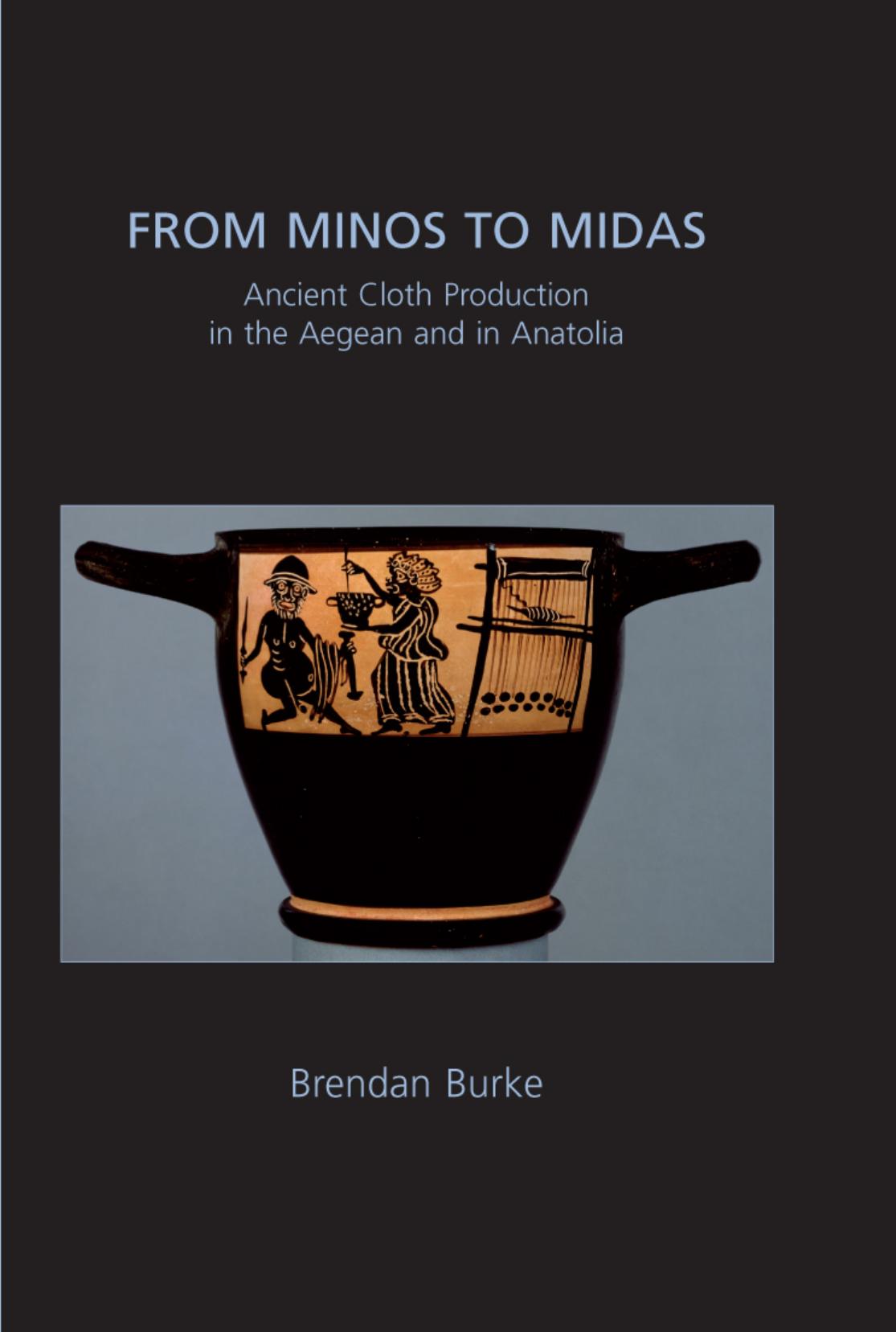

Most ebook files are in PDF format, so you can easily read them using various software such as Foxit Reader or directly on the Google Chrome browser.
Some ebook files are released by publishers in other formats such as .awz, .mobi, .epub, .fb2, etc. You may need to install specific software to read these formats on mobile/PC, such as Calibre.
Please read the tutorial at this link: https://ebookbell.com/faq
We offer FREE conversion to the popular formats you request; however, this may take some time. Therefore, right after payment, please email us, and we will try to provide the service as quickly as possible.
For some exceptional file formats or broken links (if any), please refrain from opening any disputes. Instead, email us first, and we will try to assist within a maximum of 6 hours.
EbookBell Team

4.8
44 reviewsTextile production was of greater value and importance to people in the past than any other social craft activity: everyone depended on cloth. As with other craft goods, such as pottery, metal objects, or ivory carving, the large-scale production and exchange of textiles required specialization and some degree of centralization. This book takes an explicitly economic approach to textile production, focusing on regional centers, most often referred to as palaces, to understand the means by which states in the Aegean and Anatolia financed themselves through cloth industries. From this we can look for evidence of social stratification, interregional exchange, and organized bureaucracies. Spanning multiple millennia and various sources of evidence, Burke illustrates the complex nature of cloth production, exchange, and consumption and what this tells us about individual societies and prehistoric economies, as well as how developments in cloth industries reflect larger aspects of social organization.